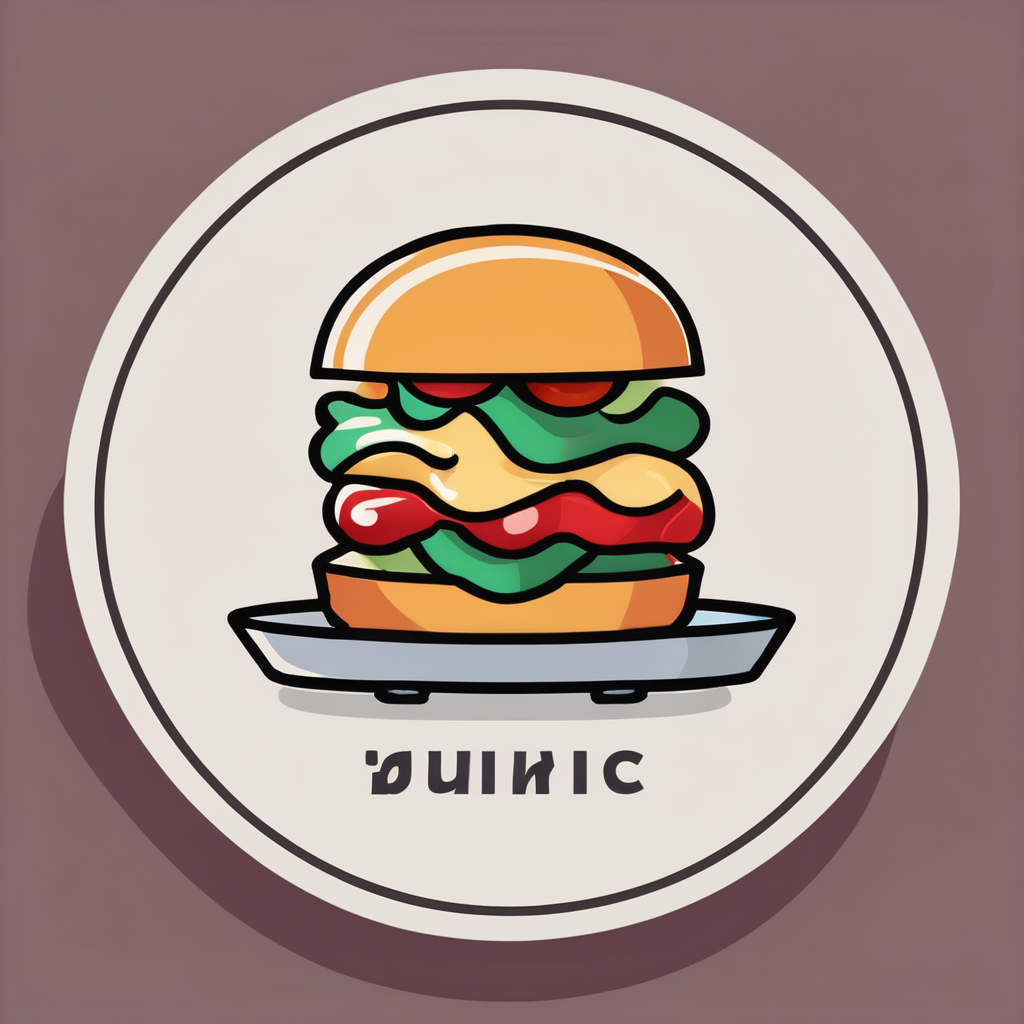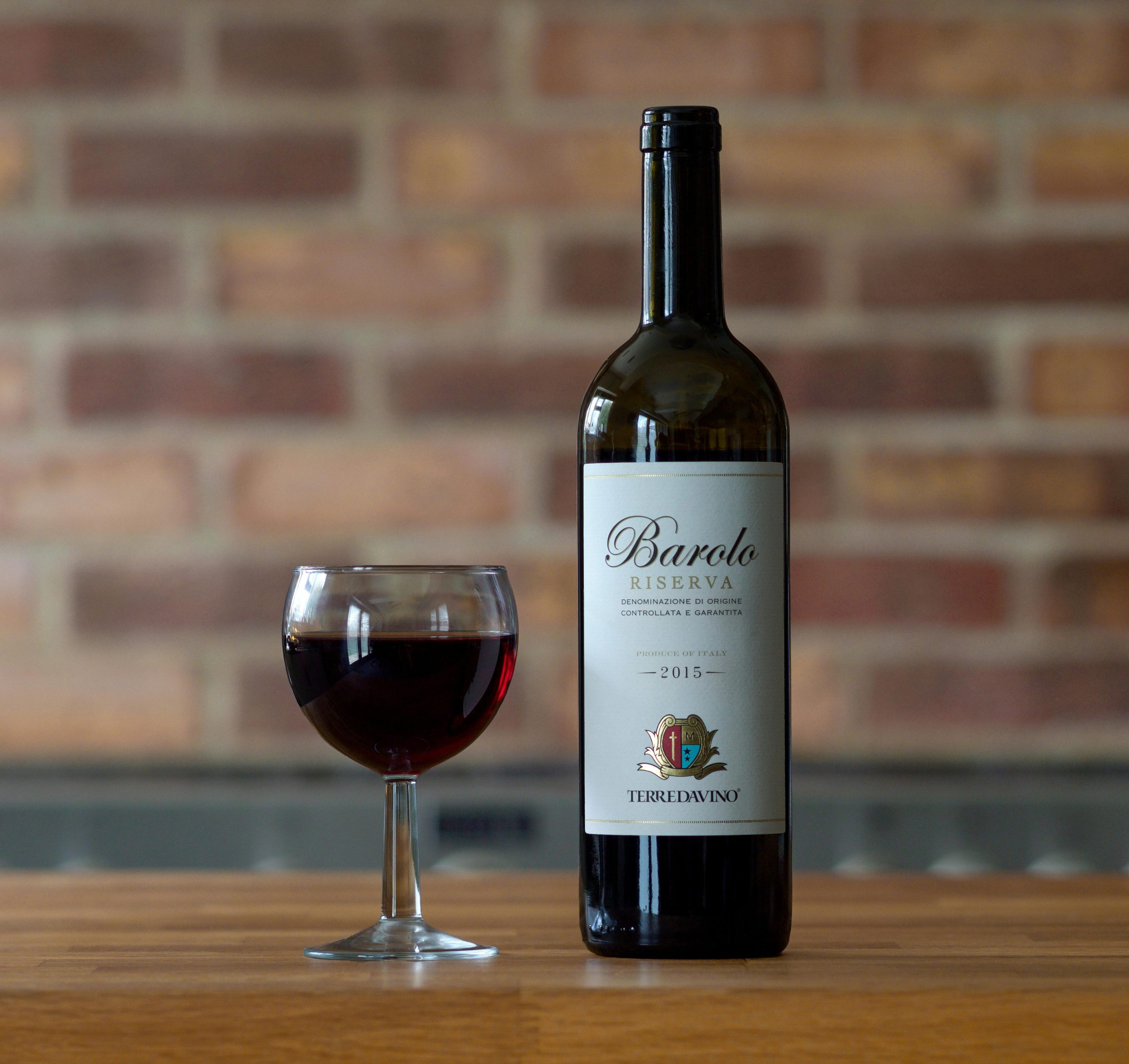Barolo wines offer a unique balance of tradition and innovation, reflecting Piedmont’s diverse terroirs and Nebbiolo’s expressive power. From intense, age-worthy classics to approachable, fruit-forward styles, there’s a Barolo to suit every palate and budget. Understanding its origins, aging, and tasting notes helps you choose the perfect bottle to elevate any meal or collection.
Essential guide to Barolo wine: definition, origin, and regional significance
Defined by its prestigious DOCG status, barolo is recognised as one of Italy’s most esteemed red wines. Produced exclusively in a small zone within Piedmont specifically the province of Cuneo this wine can only originate from a handful of communes, including Barolo, La Morra, Castiglione Falletto, Serralunga d’Alba, and Monforte d’Alba. The DOCG regulations are strict, permitting vineyards solely on favorable hillsides rather than on valley floors or cooler northern slopes.
Additional reading : Unlocking success: innovative strategies to market your new kitchen concept and captivate customers
A core hallmark of Barolo is the use of 100% Nebbiolo grape, with only specific clones such as Lampia, Michet, and Rose authorised. Known for their demanding ripening needs, Nebbiolo vines in this region thrive due to the continental climate marked by long, warm summers and unique mesoclimates across elevations of 250 to 500 meters. Regulation highlights in recent years reinforce quality: a mandatory minimum of 36 months’ aging after harvest, with at least 18 months in wood, and even stricter requirements for Riserva bottlings. These rules maintain Barolo’s authentic character, promoting wines with prominent tannins, acidity, and unmistakable aromas of tar, roses, and truffle.
Hallmarks of Barolo: Style, Winemaking Methods, and Aging
Deeply Concentrated and Tannic Profile: Aroma, Acidity, and Color Evolution
Barolo stands out for its intense structure—full-bodied with high tannins and pronounced acidity. The wine’s primary aromas often reveal tar, rose, leather, licorice, and truffle, underscored by notes of cherry and dried herbs. Color develops dramatically: youthful Barolo is ruby or garnet, evolving over the years into shades of orange or brick, signaling advanced maturity.
Also read : Maximize Your Small Pub Kitchen: Creative Ways to Enhance Vertical Space Efficiency
The exclusive use of Nebbiolo gives Barolo its hallmark personality. This grape—demanding in vineyard and in the cellar—delivers a deeply flavored, complex red wine with elevated alcohol, usually between 13–15% ABV. The wine’s concentration and grip require robust, protein-rich foods to soften its tannic edge and reveal elegance.
Traditional and Modern Winemaking Techniques and Their Impact on Style
Historic Barolo production relied on lengthy macerations and aging in large old casks, yielding very tannic wines that needed years to mellow. Today, some producers use shorter maceration (7–10 days) and smaller barrels, accentuating fruitiness and providing earlier approachability. This contrast defines Barolo’s stylistic landscape, with some wines suited for long cellaring and others crafted for enjoyment within a few years.
Barolo Aging Requirements, Riserva Category, and Wine Development Timeline
By DOCG law, Barolo must age at least 36 months post-harvest—eighteen of which are in wooden barrels. Wines marked as Riserva undergo at least five years of aging, deepening aroma and texture. Depending on subzone and producer, aging potential ranges from about 8 to 15 years—or far longer for the most ambitious bottlings.
Barolo in the glass and marketplace: tasting notes, pairings, prices, and top producers
Notable tasting notes, classic food pairings, and serving recommendations
Precision: Barolo offers aromas of tar and roses, with high tannins, bright acidity, and concentrated flavors of cherry, licorice, truffle, leather, and violets. As Barolo ages, its color shifts from ruby to garnet, and its bouquet evolves into earthy, spicy, and dried floral notes. To balance its robust structure, serve Barolo at 18°C in a large bowl-shaped glass, ideally decanted for at least an hour to soften tannins. Pair Barolo with rich dishes such as braised meats, aged cheeses, mushroom risotto, and truffle-infused pastas, as high-protein recipes help mellow its intensity. Lighter foods are less suited; Barolo’s tannic grip can overwhelm subtle flavors.
Geographical distinctions: cru vineyards, subzones, and terroir influence
Precision: Key cru vineyards—Cannubi, Brunate, Monprivato—are famed for depth and nuance. Soils and elevations vary: sandstone zones like Serralunga d’Alba deliver more powerful, age-worthy wines, while calcareous marl in La Morra yields softer, fragrant Barolos. Since 2010, the MGA system officially delimits 181 subzones, allowing producers to highlight each vineyard’s personality on the label.
Price spectrum, buying tips, notable producers, and Barolo as a wine investment
Barolo prices stretch from around 24 CHF up to over 1,100 CHF per bottle. Entry-level bottlings deliver classic character, while rare single-vineyard releases fetch top prices. Top producers include Vietti, Elio Altare, and Sandrone. Seek recent vintage years like 2016 and 2019 for collectability and aging potential. Barolo’s reputation for longevity and rising demand underpin its value among collectors.



